2/3 Pages

We tapped Norman Dixon, our Controls Engineer, and he delivered: a list of high-performing Kawasaki robots—and the best applications for them.
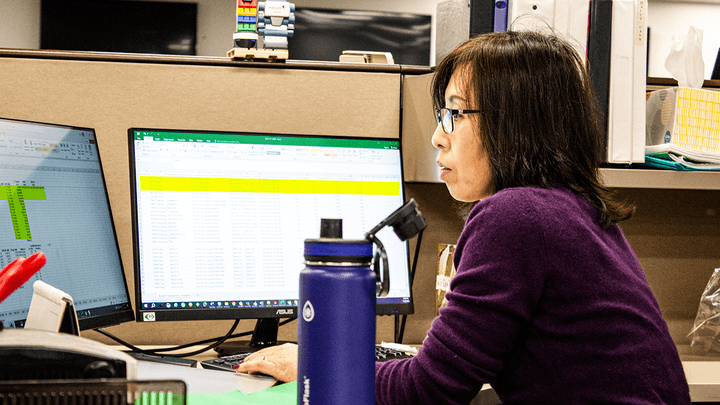
Across decades and continents, Sue Jia (Accounting Team Lead at Kawasaki Robotics) has always been accompanied by math and numbers. She wouldn’t have it any other way.
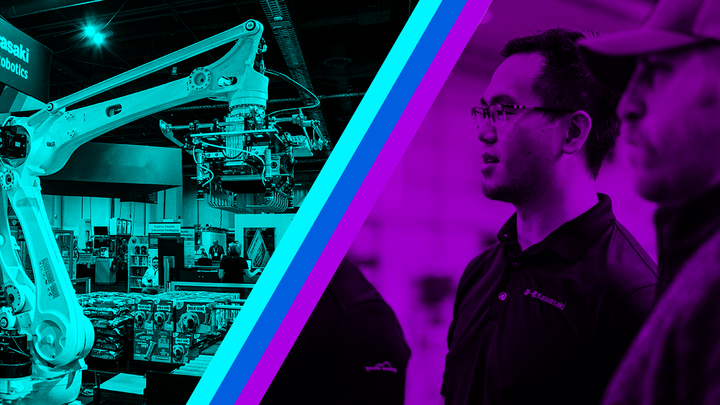
If you need strong and speedy palletizing, there’s nothing better than the 180 to 500 kg payload CP Series. Let’s dive into the reasons why.
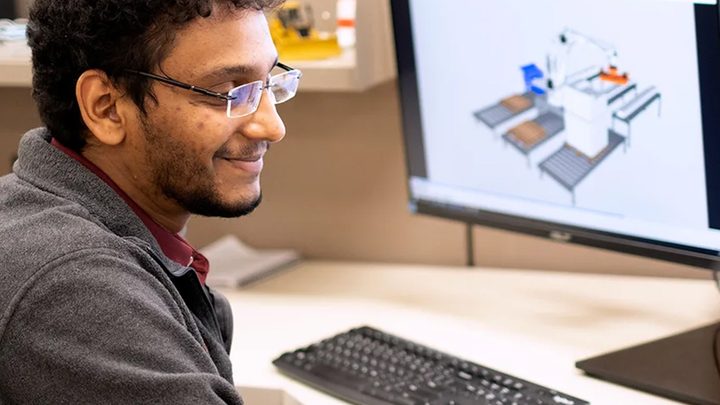
Whether you’re brand-new to Kawasaki Robotics or you have years under your belt, we’ve got a couple handfuls of tips to keep in mind as you work with our software.

Building a successful long-term Robotic Process Automation (RPA) strategy comes with four non-negotiable rules. Here’s what you need to know.
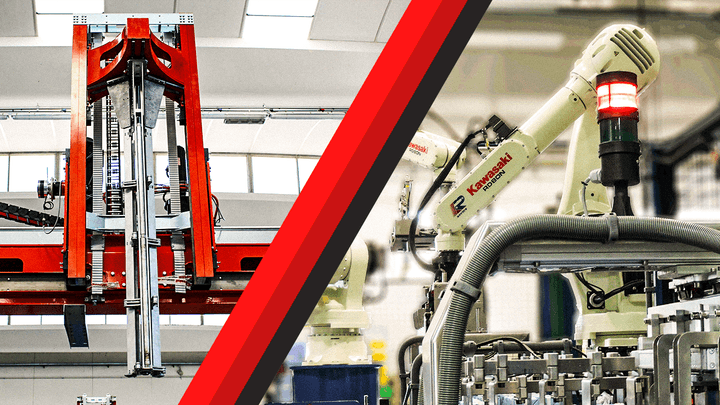
They each have benefits, and they each have weaknesses. Zachary Thoma, our Regional Sales Manager, has a complete guide on the differences between fixed and flexible automation.
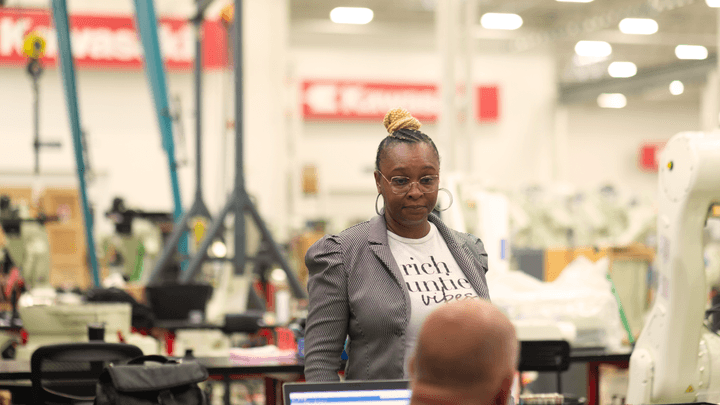
On a regular basis, our customers comment on how human our people are. Friendly, kind, easy to work with. All of those attributes and more describe Stephanie Evans.
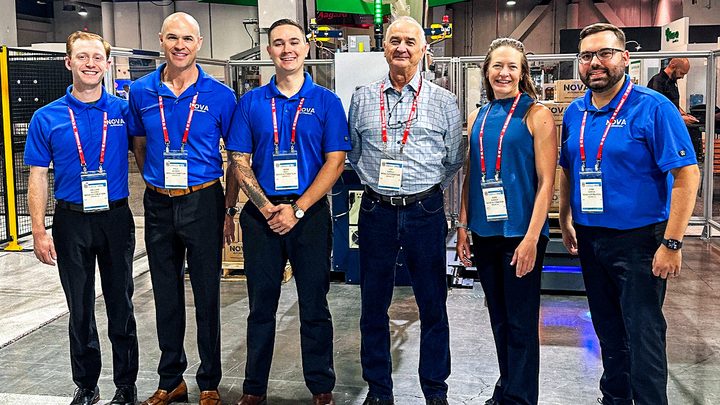
Spend a little time on the NOVA Automation website and it becomes obvious that they know their way around packaging automation. And after just a few minutes talking with them, a deeper truth emerges: the people at NOVA care…
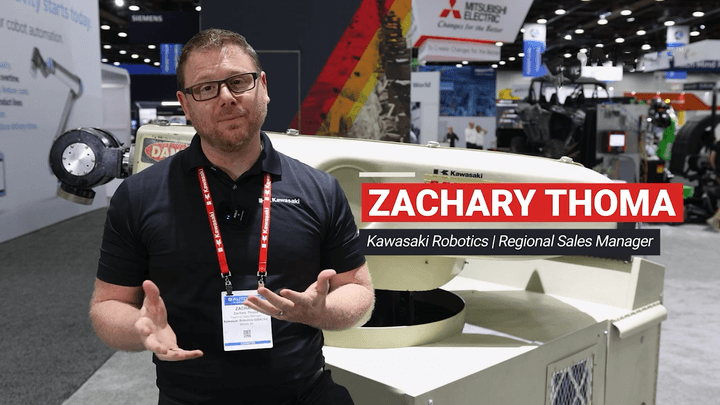
This one’s a keeper. Get honest and helpful info on your next robotic automation project from Zachary Thoma, Regional Sales Manager.

For many people who now have engineering careers, it was obvious from a young age what they would become. Brooke Mewton, Project Engineer, took a different route.
